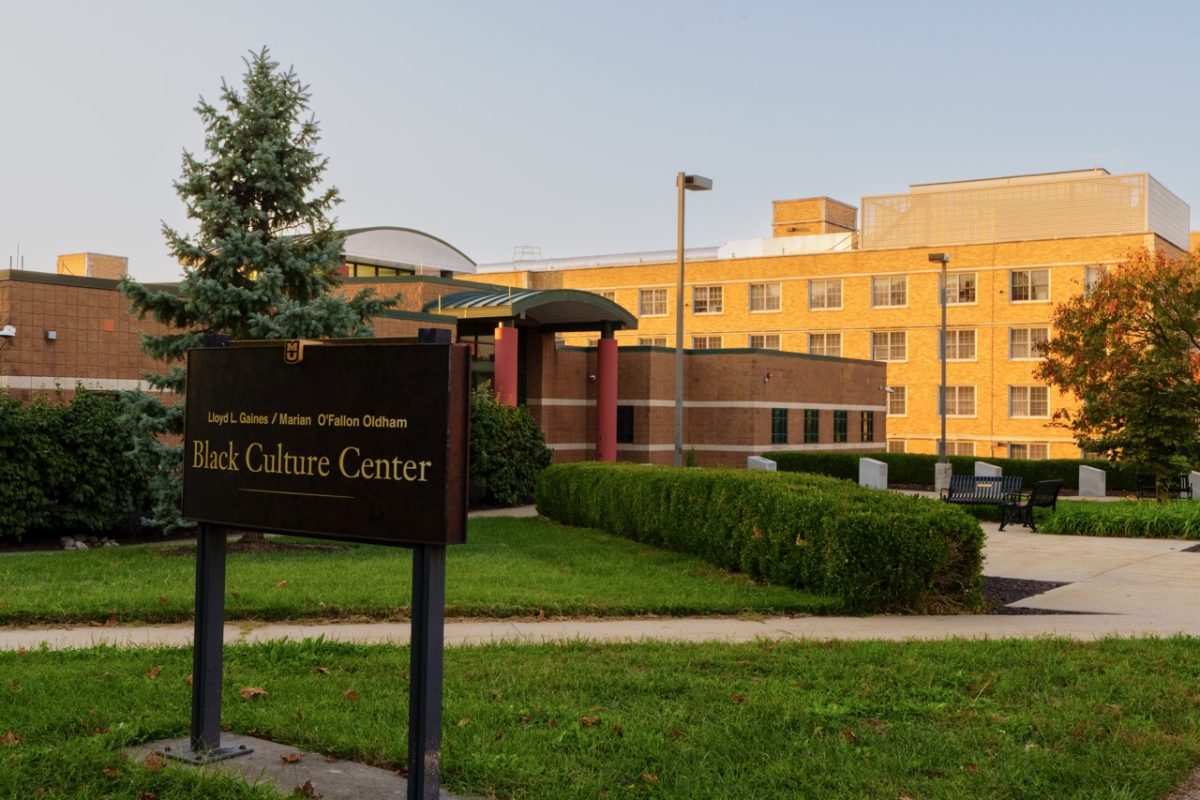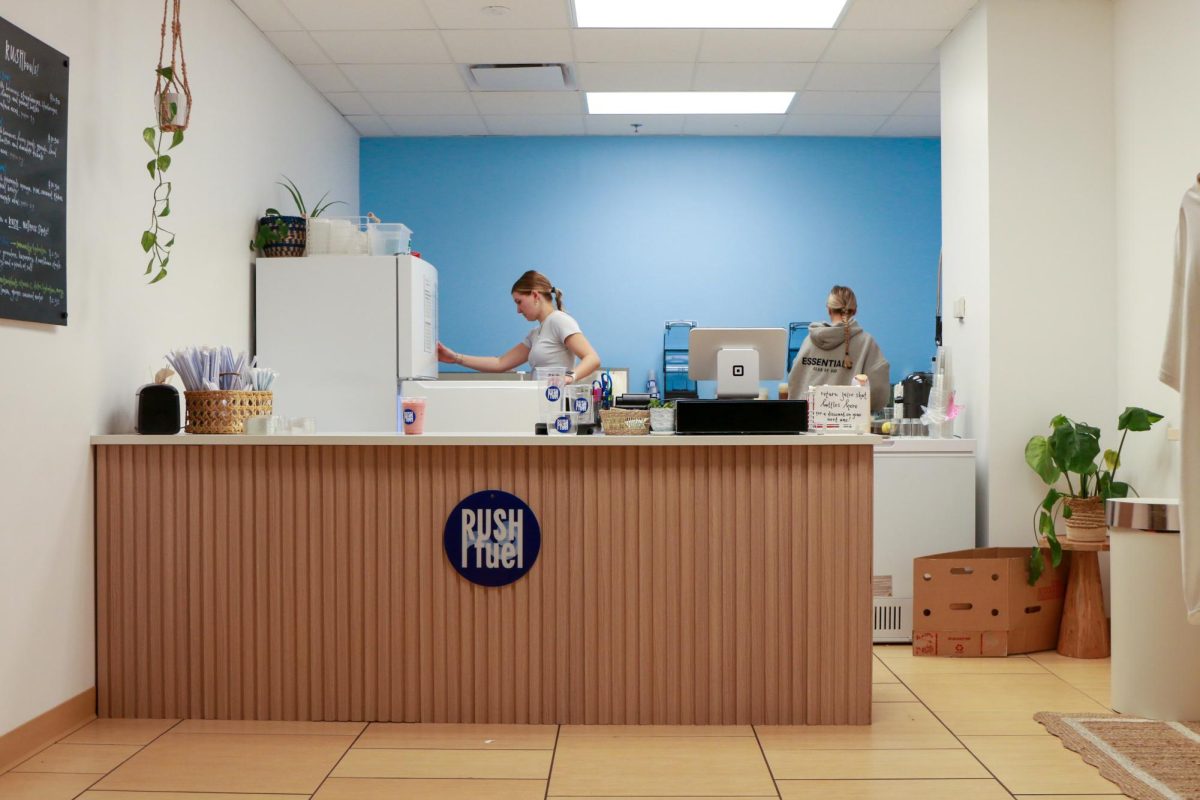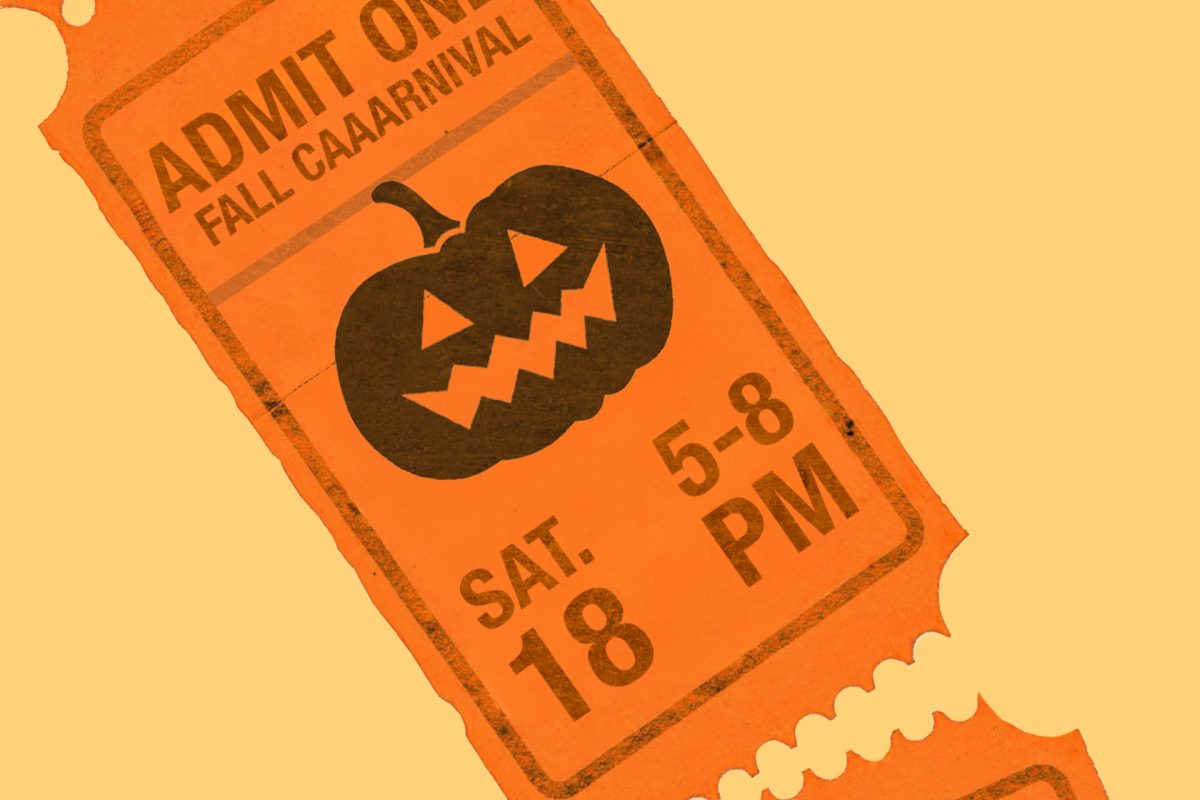Since its installment nearly two years ago, the Espresso Book Machine, a device in the University Bookstore capable of binding books, has seen a slight increase in usage, preparing 13 course packets last semester.
“This is higher than previously, and I fully expect that to increase over time as both students and faculty become more aware of the service itself and what they can do with it,” Mizzou Media Coordinator Heather Tearney said. “It may not be a great boom increase, but it will be a gradual increase.”
The machine, purchased by University Bookstore in fall 2009 for $75,000, functions as a soft-bound book printing press that can be used by students, faculty and community members. Noticeable effects for students have been a price decrease in printed materials required for certain classes.
“One of the most important factors is that we reduce the cost of course material used by faculty by printing on the machine so that students save money,” Tearney said. “We do printing for a couple of campuses and on one book alone, we saved students $4 per book.”
A secondary purpose of the Espresso Machine that Tearney said will increase usage in the future is the machine’s ability to allow aspiring writers to create sample copies of creative work.
“The machine also allows for a freedom of materials, because more people can develop their ideas of creating a book or booklet and they can print just one copy to see what it would look like, instead of hundreds of copies and going from there,” Tearney said. “It makes everything more accessible in terms of printing and self-publishing.”
But as textbooks become available online and course materials are downloadable on sites like Electronic Reserves and Blackboard, university printing presses across the nation have experienced a decrease in usage.
Despite this inevitable digital shift, Student Auxiliary Services spokeswoman Michelle Froese said the Espresso Machine’s legitimacy and usage will not only continue, but also increase with time.
“I think that the effects of digital course materials will be a very slow process,” Froese said. “Digital book sales are very slow. We also see that our customer base, students, prefer to have a hard copy. For example if an electronic journal is available through the library, the bookstore can have copies made on request without paying double royalties. Even online ERes documents are printed due to students’ requests for hard copies.”
Tearney agreed with Froese’s prediction.
“For the next five or 10 years (digital textbooks) won’t matter,” Tearney said. “It’s all about customization and finding the right materials for students and faculty. Because we can customize and do something in-house right away that is better suited for the class, the course, the subject, the professor and the students. It will take a long time before the digital material will catch up to be that flexible.”








